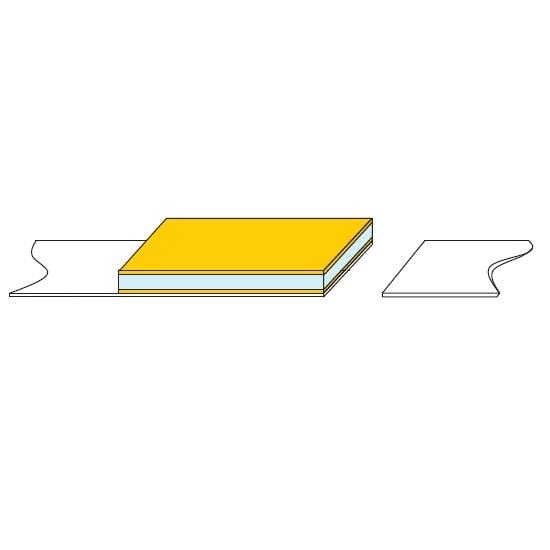Di-Cap® Series, Ceramic Capacitors
Results:
3
Filters
Applied Filters:
Di-Cap®
About Ceramic Capacitors
Capacitors are essential passive electronic components that have the ability to store electric charge. Ceramic capacitors, specifically, are constructed using alternating layers of ceramic material as the dielectric and metal layers as the non-polarized electrodes. Ceramic capacitors find extensive use in various applications such as automotive electronics, bypassing, decoupling, filtering, radio frequency (RF) circuits, and electrostatic discharge (ESD) protection. They are particularly valued for their compact size, high capacitance values, and excellent performance across a wide range of frequencies. Through-hole versions of ceramic capacitors are commonly found in disc or "blob" shapes, featuring two wire leads for easy insertion into circuit boards. This form factor allows for convenient soldering and secure mechanical connection. Ceramic capacitors offer numerous advantages, including high reliability, low cost, and stability under different environmental conditions. The dielectric material used in these capacitors determines their temperature coefficient and voltage characteristics. Manufacturers typically provide datasheets specifying the capacitance values, voltage ratings, tolerances, and other important parameters to aid in proper selection and implementation. In summary, ceramic capacitors are widely used in electronics for various purposes such as automotive applications, signal filtering, and ESD protection. They consist of alternating layers of ceramic and metal, with through-hole versions having a disc or blob-like shape and two wire leads for easy integration into circuit boards. These capacitors exhibit excellent performance, compact size, and reliability, making them a popular choice in electronic designs.

-0,36mm-Tan_tmb.jpg)

